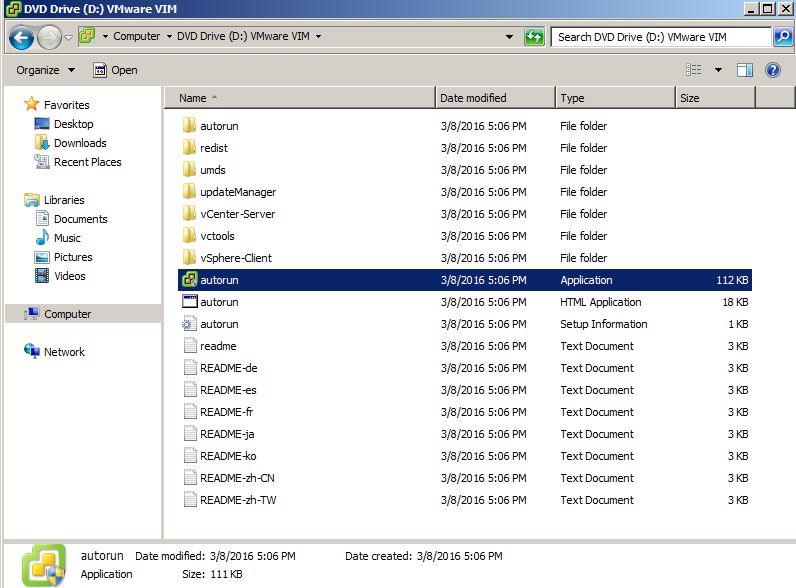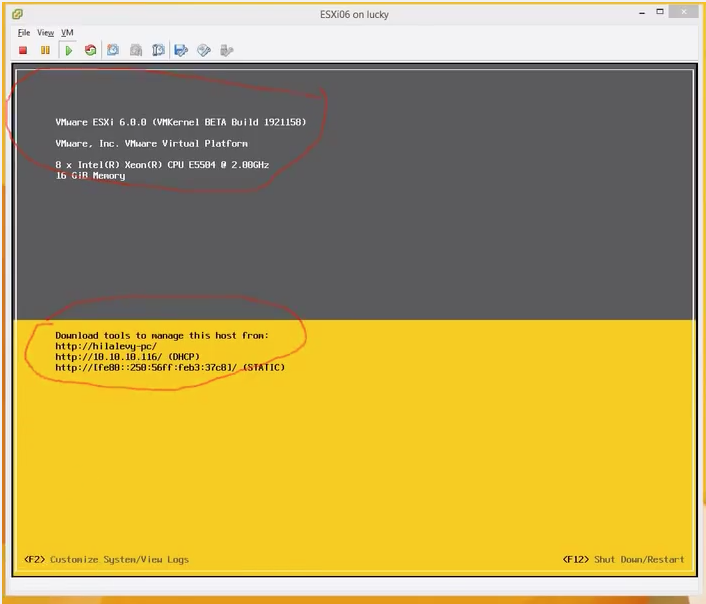

There is no significant difference in performance for sequential I/O between the different types of virtual disks. Except for building guest clusters (clusters across VMs on different hosts), there is no need to use these types of disk. (Click on image for larger view) There are also Raw Device Mapping ( RDM) disks where a disk at ESXi level is mapped 1:1 to a VM (like a Passthrough mode), with two different types of compatibility (virtual or physical mode). Note that you can also change the type of each individual disk, by choosing Configure per disk on the new HTML5 client shown as follows.

You can choose the disk provisioning type during virtual disk creation, but you can change the type using a cold VM migration across two datastores, or using Storage vMotion (if you have at least ESXi Standard edition). Unused space is available for use by other VMs.

VMware vSphere supports different types of storage architectures, both internally (in this case the controller is crucial, that must be in the HCL) or externally with shared SAS DAS, SAN FC, SAN iSCSI, SAN FCoE, or NFS NAS (in those case the HCL is fundamental for the external storage, the fabric elements, and the host adapters). Mac OS X 10.5 Leopard Server, 10.6 Snow Leopard Server, 10.7 Lion client or server, 10.8 Mountain Lion client or server and 10.9 Mavericks client or server are fully supported on VMware Fusion while running on supported Apple hardware.


 0 kommentar(er)
0 kommentar(er)
